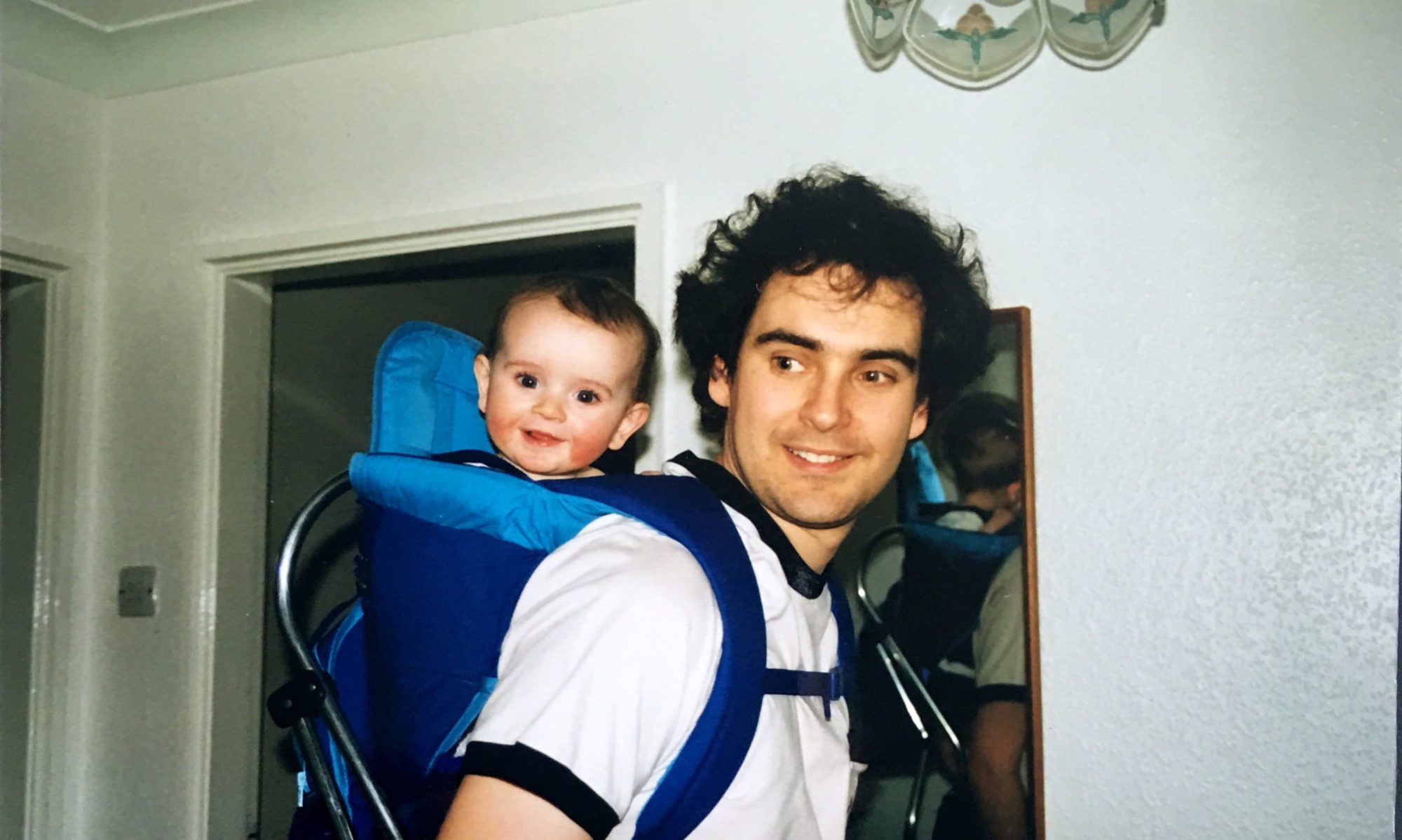Reading Museum has one small exhibtion space, the John Madjeski art gallery, that they put to good use displaying a number of interesting exhibitions each there for about six months. Previous ones had all been more traditional art type exhibitions and the last of which was Art Stories where recent works of art acquired by the museum were on display. The current display is very different though as it looks at the history of technology in the town.
The Four B’s
Reading is known for the three B’s: Bulbs, Beer, and Biscuits, representing the trades traditionally associated with the town. All those are gone now, and the new trade in town is IT, which we are trying to shoehorn into the B’s by calling it Bytes— I guess that it works just about.
First to come to the town was DIGITAL Equipment Corporation (DEC), who opened a very large building to the south, just by junction 11 of the M4. Unsurprisingly, many came to the town because of the employment opportunities afforded by DEC, and IT’s presence grew from there. Today, DEC is gone, but there are still many IT companies, including both Microsoft and Oracle.
Reading’s DIGITAL Revolution
Last year the museum had a (very) small cabinet on the ground floor dedicated to DIGITAL’s Reading presence serving as a teaser for a much larger exhibition this year called Reading’s DIGITAL Revolution. That had a few artifacts and a small DEC machine as they were constrained by space. The current exhibition uses the larger gallery upstairs and in this they were able to put much more.
At one end is a partitioned-off area showing a video, including videos with some ex-DEC employees. In the centre are cabinets displaying all sorts of computing related hardware and Digital memorabilia and then a stand with some old DEC machines including a VAX similar to which I used at my first job.
However, the most interest part, for me at any rate, was the history of tech in Reading wall which had floor to ceiling illustrated panels showing the highlights of computing from 1965 to date. Within each panel was a short interview with someone from the DEC days talking about their time there and their contributions.
Given that my background is in IT the exhibition was right up my street but anyone with an interest in Reading or tech would get something from it.
Tech Town Today
As a companion to the museum event this year’s Reading Walks Festival had a walk called Tech Town Today, a two hour walk around the “key sites in Reading’s post-war ICT industry development” looking at “Reading’s evolution into one of Europe’s most important tech clusters and its position at the beating heart of the Thames Silicon Valley.” It sounded like it might be fun so joined.
We were told by our guide that there are “11,000 tech business in town”. The issue with that statement is that the definition of “tech” was a little, erm, loose. Was that high-tech industry working in IT or did it cover other “tech” such as specialist manufacturing. It wasn’t clear.
What was clear was why Reading became such a tech powerhouse – great transport connections – M4, railway to London, Heathrow and the canal between Bristol and London, although there were just 30 years between canal being completed and trains arriving so it was short lived.
The trains were important to Reading. GWR and Brunel brought them to Reading which in turn brought employment, both direct and indirect. Reading had a signal works making 150 signals a year for GWR. Later this became the Royal Mail sorting office but now that too has closed.
The first hi-tech business to arrive in Reading was Digital who had buildings dotted all over the town before they moved to Worton Grange close to junction 11 of the M4. This in turn also attracted other business such as Microsoft and Oracle who remain today.
It was an interesting companion walk to the exhibition.






